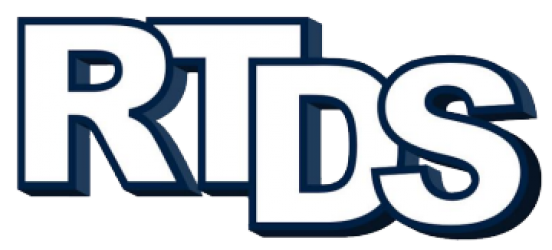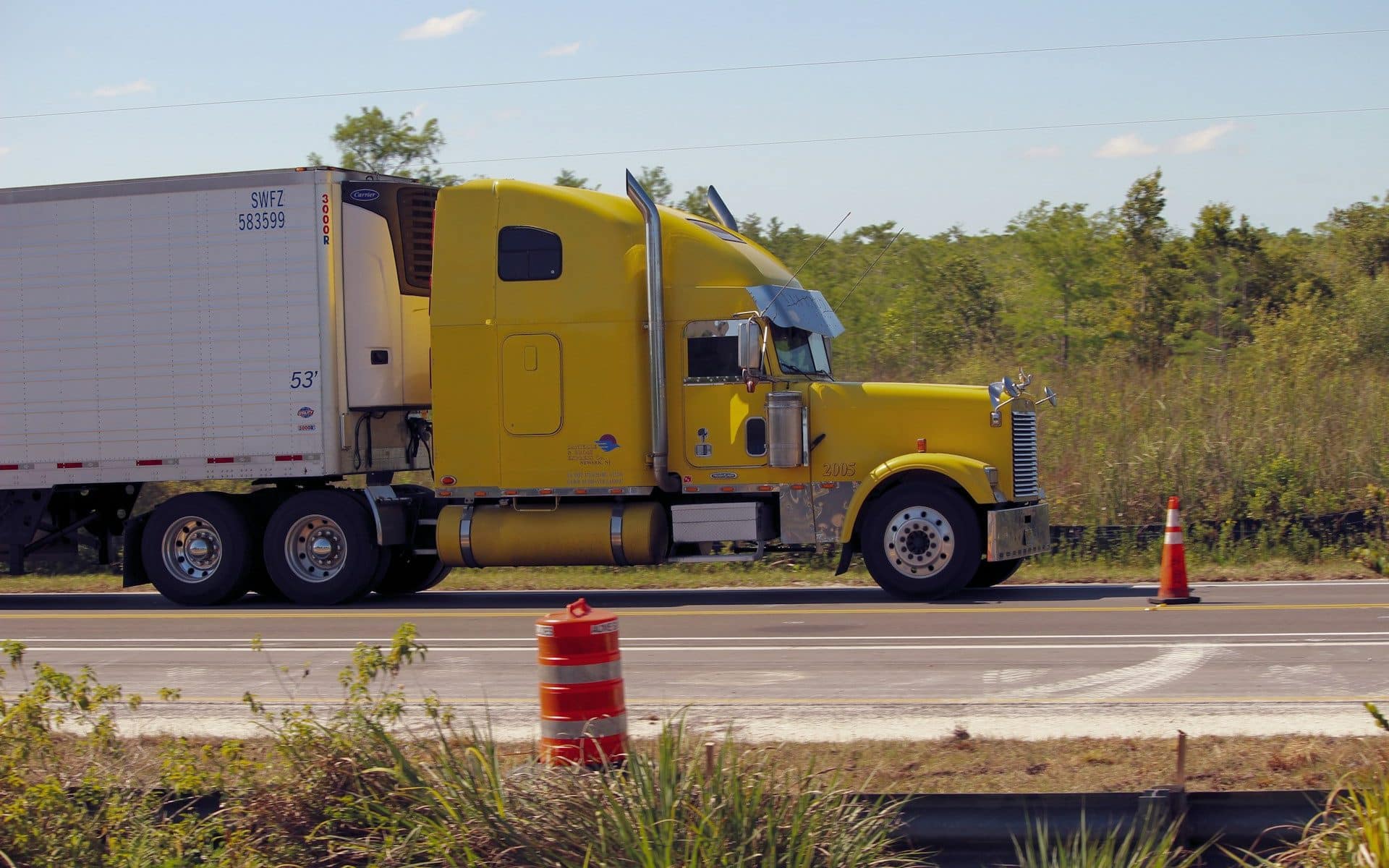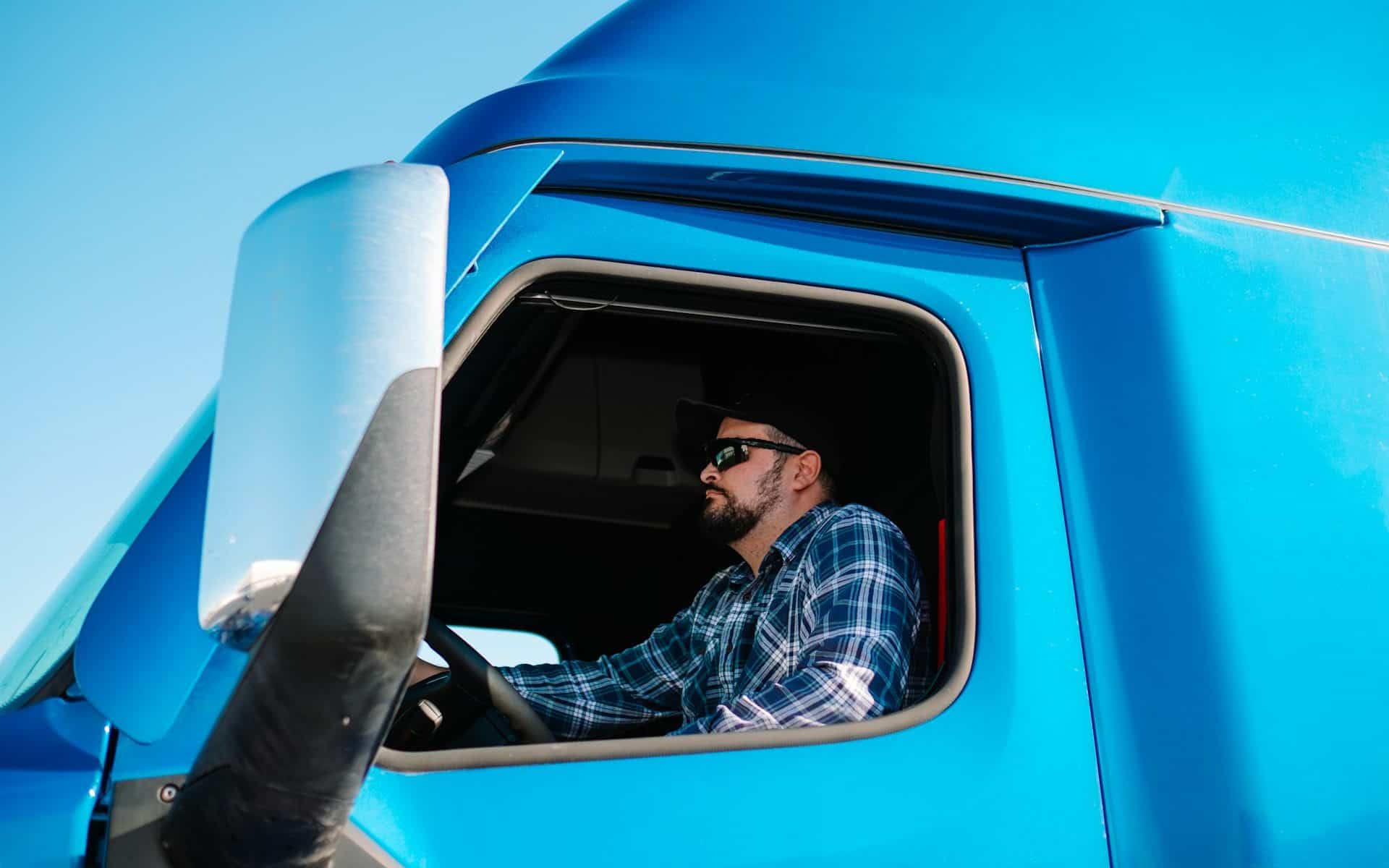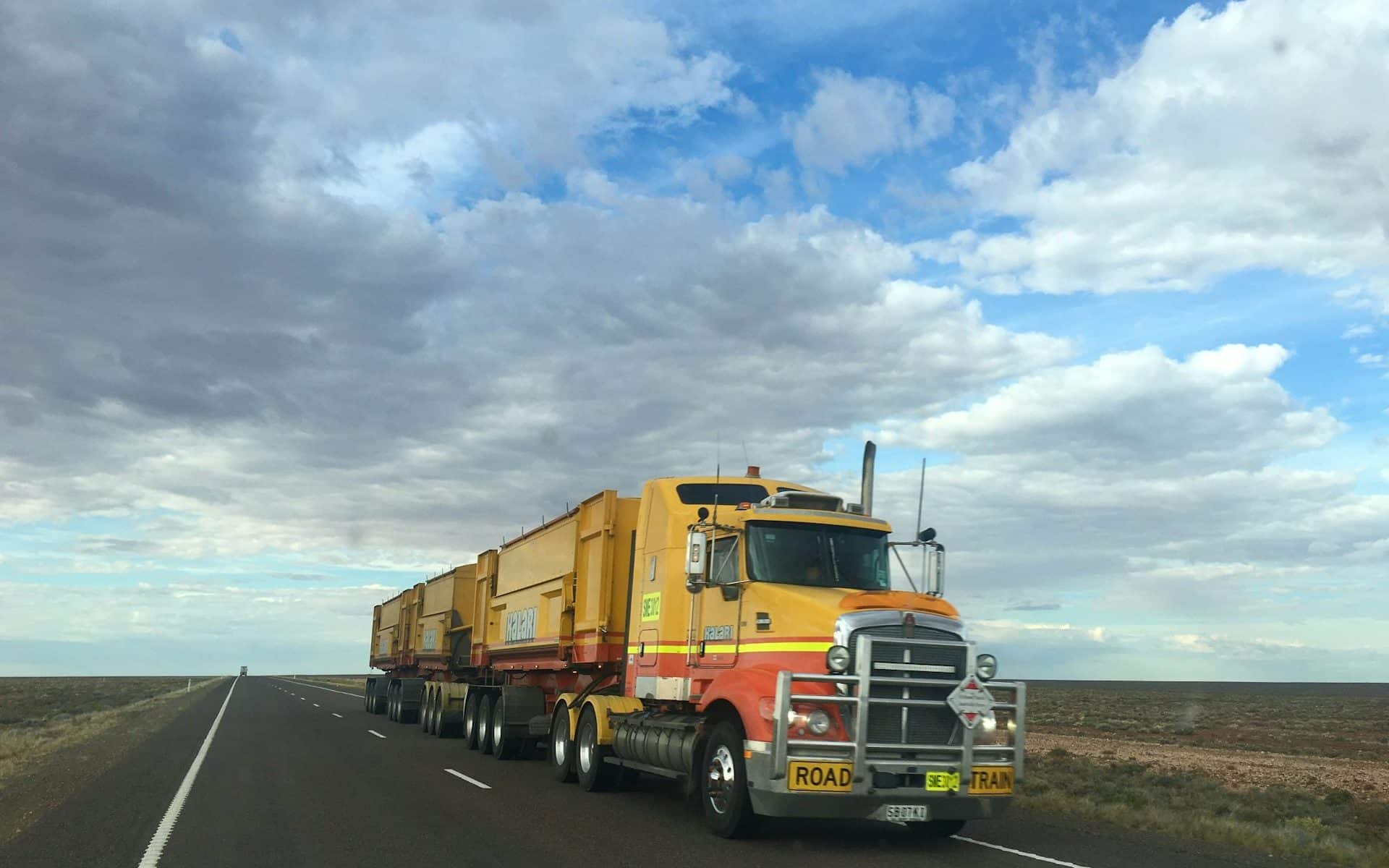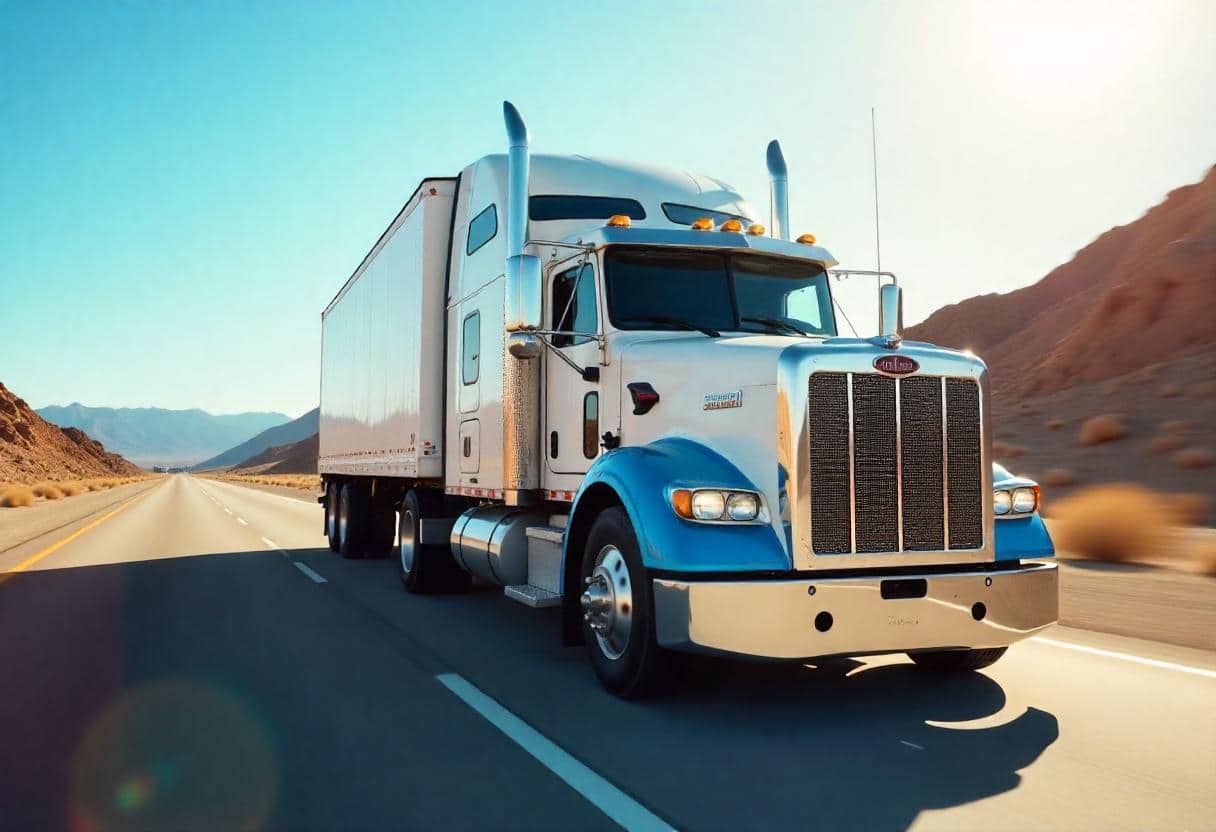Driving can be full of surprises. For those driving trucks, especially CDL drivers, knowing how to spot and dodge hazards is essential. Whether it’s unexpected weather conditions or tricky road layouts, being prepared makes all the difference. Thinking ahead and having the skills to handle whatever comes your way keeps you safe and makes your driving more efficient.
For drivers in Las Vegas, this is even more relevant. The vibrant city presents unique challenges. From winding desert roads to busy urban streets, CDL drivers must be on the ball. Being able to pinpoint potential dangers and knowing how to avoid them is a key part of staying safe on the road.
Common Hazards on the Road
When you’re on the road as a CDL driver in Las Vegas, various hazards can pop up. It’s important to know what these are and how they can affect your drive. Here are some hazards that are particularly noticeable in the Las Vegas area:
– Weather Conditions: Las Vegas might be best known for its sunshine, but sudden rain or sandstorms can hit unexpectedly. These can make roads slick or even reduce visibility drastically.
– Road Construction: The city’s ongoing development means road work is common. Be prepared for sudden lane closures or detours.
– Heavy Traffic: Tourists flock here, causing traffic jams, especially around major attractions and on weekends.
Understanding how these hazards affect driving in Las Vegas is crucial. Rain paired with high winds can make driving tricky, especially for large trucks. Construction zones, with their sudden shifts in lanes, call for an extra level of alertness. And traffic can vary widely, making planning your routes ahead of time an advantage.
Developing Hazard Awareness
Building a strong sense of hazard awareness is like sharpening your sixth sense on the road. Here are a few steps to get better at spotting potential risks before they become real problems:
1. Stay Alert: Keep distractions to a minimum. Phones, radio, or even daydreams can take your focus away. Keep your eyes moving, scanning for any unusual changes on the road.
2. Adapt to Weather: If you see clouds forming, prepare for rain. In Vegas, rain can swiftly change conditions, making previously grippy roads slick.
3. Understand Traffic Patterns: Learn the usual traffic flow in Vegas. Afternoons might see heavier traffic, particularly on weekends near tourist spots.
4. Use Your Mirrors Well: Regular checks in your mirrors help. They let you see potential problems on all sides of your truck, offering an advantage when actions are needed.
These techniques increase your awareness and help you adapt quickly, keeping you one step ahead of potential hazards around Las Vegas. With practice, you’ll not only recognize dangers but also react swiftly and calmly, ensuring safety and smooth travels.
Strategies for Avoiding Hazards
Successfully avoiding hazards while navigating the roads as a CDL driver involves having a set of practical strategies at your disposal. Here are some ways to help you steer clear of trouble:
– Plan Your Route: Before hitting the road, map out your journey, taking note of any ongoing construction or high-traffic areas. In Las Vegas, weekdays might be less congested than weekends around popular spots.
– Adjust Your Speed and Following Distance: Keep a safe distance from the vehicle in front of you, especially in adverse weather or heavy traffic, to allow sufficient time to react.
– Stay Visible: Make sure your lights and reflectors are clean and functional. Proper visibility ensures other drivers can see you, especially during sudden weather shifts like rain or dust storms.
For instance, when driving along the Strip during a busy weekend, maintaining a cautious speed and being aware of pedestrian activity can make all the difference. By integrating these simple practices into your driving routine, you’ll be better equipped to handle the diverse challenges encountered on Las Vegas roads.
Emergency Preparedness
Even the most cautious driver can find themselves in a tricky situation. Being prepared for emergencies ensures that you stay calm and take action efficiently. Here’s how to gear up:
– First Aid and Safety Kit: Always keep a well-stocked first aid kit and basic safety tools, such as flares or warning triangles. In the case of breakdowns, these items become invaluable.
– Know Local Resources: Familiarize yourself with local emergency numbers and roadside assistance services in Las Vegas. Having these on hand can expedite help when needed.
– Practice Safe Stops: If you need to make an emergency stop or change, always signal and move to a safe area, away from oncoming traffic. This practice reduces the likelihood of further incidents.
By taking the time to prepare for unforeseen events, you add an extra layer of safety that is crucial for peace of mind on the road. Being proactive can turn a potential disaster into a minor inconvenience.
Staying Safe on Your Las Vegas Routes
Driving safely as a CDL driver in Las Vegas is all about awareness and adaptability. Recognizing and avoiding hazards, while being prepared for possible emergencies, ensures not only your safety but also that of others on the road. By embracing these strategies, you’re setting the stage for smooth and secure travels.
Remember, every trip brings new learning experiences. As you continue to drive through the unique environment Las Vegas offers, keep building on your skills. Staying informed and adapting to changes in road conditions will keep you ahead of the curve and make you a more confident driver.
As you continue to navigate the roads of Las Vegas with confidence and skill, consider how a deeper understanding of local road conditions and professional training can help improve your performance. If you’re looking to advance your career behind the wheel, explore the Las Vegas CDL courses available through RTDS Trucking School. Whether you’re starting fresh or building on existing experience, these programs are designed to prepare you for the unique challenges of driving in this dynamic city.
